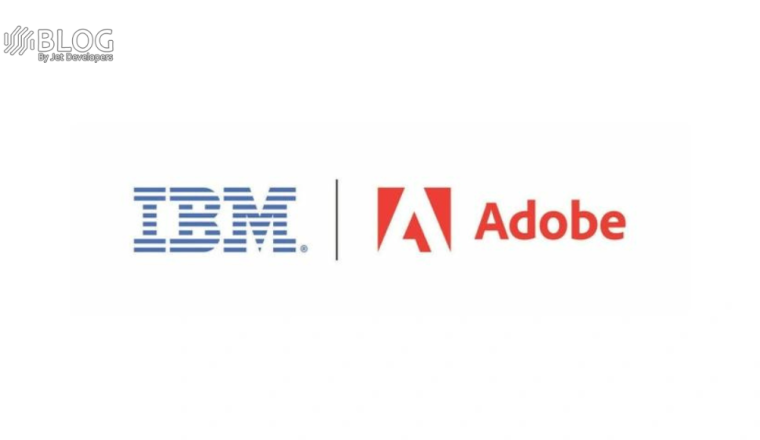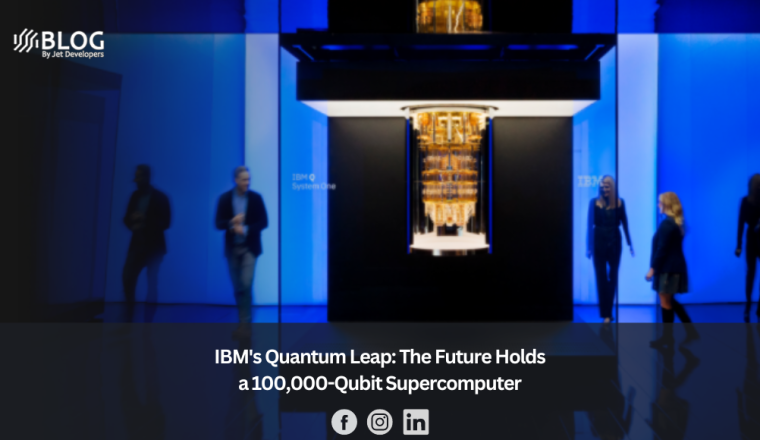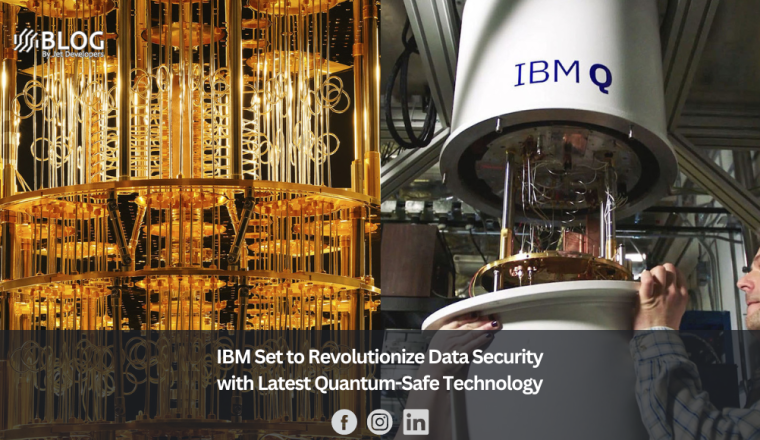IBM Framework for Securing Generative AI: Navigating the Future of Secure AI Workflows
In today’s rapidly evolving technological landscape, IBM is stepping up to the challenge of addressing the unique risks associated with generative AI. The introduction of the IBM Framework for Securing Generative AI marks a significant stride in safeguarding gen AI workflows throughout their lifecycle – from data collection to production deployment. This comprehensive framework offers guidance on potential security threats and recommends top defensive approaches, solidifying IBM’s commitment to advancing security in the era of generative AI.
Why Gen AI Security Matters:
IBM, a technology giant with a rich history in the security space, recognizes the multifaceted nature of risks that gen AI workloads present. While some risks align with those faced by other types of workloads, others are entirely novel. The three core tenets of IBM’s approach focus on securing the data, the model, and the usage, all underpinned by the essential elements of secure infrastructure and AI governance.

Securing Core Aspects:
Sridhar Muppidi, IBM Fellow and CTO at IBM Security, highlights the ongoing importance of core data security practices, such as access control and infrastructure security, in the realm of gen AI. However, he emphasizes that certain risks are unique to generative AI, such as data poisoning, bias, data diversity, data drift, and data privacy. An emerging area of concern is prompt injection, where malicious users attempt to modify a model’s output through manipulated prompts, requiring new controls for mitigation.
Navigating the Gen AI Security Landscape:
The IBM Framework for Securing Generative AI is not a standalone tool but a comprehensive set of guidelines and suggestions for securing gen AI workflows. The evolving nature of generative AI risks has given rise to new security categories, including Machine Learning Detection and Response (MLDR), AI Security Posture Management (AISPM), and Machine Learning Security Operation (MLSecOps).
MLDR involves scanning models to identify potential risks, while AISPM shares similarities with Cloud Security Posture Management, focusing on secure deployment through proper configurations and best practices. According to Muppidi, MLSecOps encompasses the entire lifecycle – from design to usage – ensuring the infusion of security into every stage.








